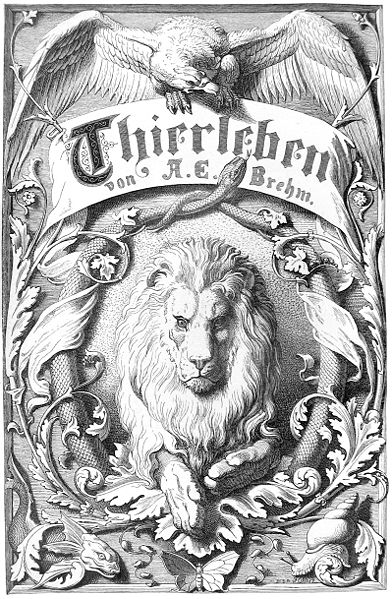[W]hile on the one hand the study of Nature today aims to describe a system governed by immutable laws, on the other it delights in drawing our attention to creatures noteworthy for their bizarre physical form or behaviour. Even in Brehm’s Thierleben, a popular nineteenth-century zoological compendium, pride of place is given to the crocodile and the kangaroo, the ant-eater and the armadillo, the seahorse and the pelican; and nowadays we are shown on the television screen a colony of penguins, say, standing motionless through the long dark winter of the Antarctic, with its icy storms, on their feet the eggs laid at a milder time of year. In programmes of this kind, which are called Nature Watch or Survival and are considered particularly educational, one is more likely to see some monster coupling at the bottom of Lake Baikal than an ordinary blackbird.
—W.G. Sebald, The Rings of Saturn (trans. Michael Hulse)
—W.G. Sebald, The Rings of Saturn (trans. Michael Hulse)
I’m with Sebald: I would much rather watch a documentary about blackbirds than one about monster couplings at the bottom of Lake Baikal. Darwin’s remarkable theory describing how life’s grandeur came about works for all species. A blackbird is every bit as remarkable as a seahorse or a pelican—and a lot more relevant to me personally.
As young boys, my dad and uncle were evacuated to Harlech in North Wales during the Second World War. They can still sing a particular song in Welsh together, although they have no idea what the words mean. Surprisingly, the woman who looked after them in Harlech was German noblewoman, Amalie (Amy) Elizabeth Sophie Graves, née von Ranke (1857–1951). She also happened to be the mother of the poet and author Robert Graves (1895–1985).
Dad was telling me recently that, although he doesn’t remember an awful lot about his life as an evacuee, one of his clearest memories from that time is being allowed to look at a German book full of wonderful engravings of animals. I wonder if it was Brehms Thierleben, as described by Sebald:

[Image: Wikipedia]
North Wales, the Second World War, evacuees, German noblewomen, famous poets, zoological compendiums, unreliable memories…
All very Sebaldian!
✽
I originally wrote the above piece in 2011, but wasn’t sure where to post it. I ended up cross-posting it on two different, but equally inappropriate, blogs. Now that I have this online notebook, I realise it rightly belongs here.

Leave a Reply